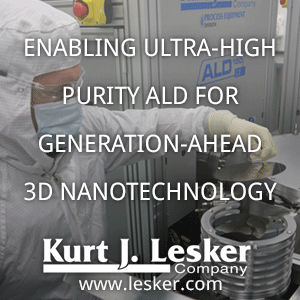Euris is proud to announce the launch of the GEMStar QuantumTM,
the latest generation of Atomic Layer Deposition system targeted for demanding
applications requiring more precise control. Maintaining Arradiance’s belief of keeping footprint to a
minimum, QuantumTM is a fully capable Plasma assisted ALD system
requiring less than 0,6m2 of precious lab space.
Leveraging all of the reliability and proven performance of
its predecessor, QuantumTM provides the next level of process
control for nanotechnologies. Let’s
briefly hit a few of the highlights of the system that rolls out of the crate,
and is ready to go to work for you within a day:
Front/top view
300oC hot wall dual zone air-cooled reactor
The Door configuration is ideal for Glove Box integrations
and accepts all of the XTTM series Door configurations. The configuration shown is the rotation
particle coating and particle cup option
New and improved Glove Box Interface
300W ICP Plasma Source with 4 MFC controlled inputs and
automated safety valves
Onboard RF Auto-Match and plasma controller
Top-Down
On-board gas box supporting dual 200 oC manifolds
completely separate metal/organics from the oxidizer/reducers until they reach
the reactor
Eight material inputs supporting 5 on-board material ports,
up to four moveable heater zones and 2 MFC controlled bulk gas inputs all
supported by a MFC controlled carrier gas
In addition, one port has the newly released e-Pulse Vapor
Push that is now MFC controlled
Right side view turning to the back side
KF40 metrology interfaces
KF50 Exhaust port providing excellent vacuum conductance
EMO and external communication connections
The system is completely air-cooled – no chill water
required!
Back to Front/top view
The software and GUI has been completely refreshed to be
easier to learn and operated with tons of built in safety features that works
seamlessly with the embedded hardware safety capabilities



%20(1).png)









